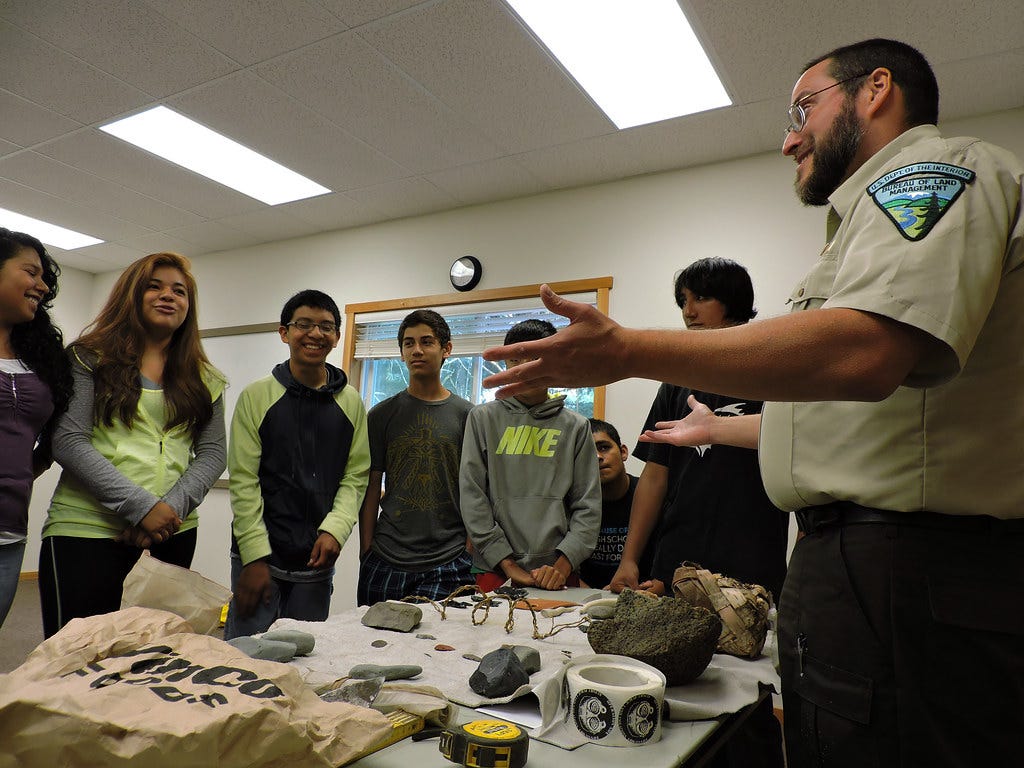Compromise on school choice is possible—and might be necessary to save public education
Tensions in one-size-fits-all public schools go deeper than cultural issues
Schools have become a hot spot in the culture wars. Arguments over critical race theory, which isn’t taught, are the face of flare-ups in places like Newberg. But tensions over “parent control” go deeper than reaction to Covid policies and racial equity, and they raise this question: Is it possible to create public schools that an overwhelming majority of parents will support? If so, how?
I think it is possible, but not if we stick to the one-size-fits-all model that has been dominant for decades.
There is room for healthy debate over the best way to structure schools that offer choice and an environment where all students — and their families — feel safe. The first step is to recognize how difficult it is to devise a single type of school that equitably accommodates all learning styles, abilities, cultural backgrounds and degrees of parental involvement.
Public schools have long stuck to a one-size-fits-all model with basically the same schedules, curricula and teaching styles. Yes, I know not all public schools are exactly alike. But they essentially have the same floor plan with slightly different furniture – a few extracurriculars, a little extra attention to specific subjects, etc.
If schools don’t offer true choice to parents, ultimately public education will be devalued for everyone. As people who disagree with the curriculum and policies of their one-size-fits-all public school shift to private education or home schooling, they also become less likely to support school bond measures.
For the most part, the debate over choice has focused on two models: vouchers and charters. These two approaches present opposite challenges. Vouchers potentially remove too much control from government. Charter schools have struggled to expand in many states, including Oregon, because government has erected too many obstacles. The National Alliance for Public Charter Schools ranks Oregon in the bottom half of states for its support of charter schools, citing among other things inadequate funding and accountability.
There is a middle ground. It would combine some of the best features of vouchers and charter schools with enough oversight by school boards to assure that educational goals are attained.
I propose that all school districts increase choice by doing these things:
Offer different schedule options. This could be done either by having different hours at different schools in large districts, or different hours within the same building in smaller districts. For example: If there are three first-grade classes, one could start at 8 a.m., another at 9, the third at 10. This model would allow parents flexibility for their work schedules and help address the childcare crisis, among other benefits.
Beginning in middle school, use more of a college-style curriculum with a mix of mandatory classes and electives. To some extent high schools do this, but there should be more electives and fewer required classes. Some of the tension in public schools can be traced back to the “Common Core” debate, which, though it was not the primary goal of the effort, had the effect of narrowing students’ options.
Allow students to transfer out of their district if they have no choices that meet their schedules or desired classes.
Would this approach eliminate conflict? Of course not. Would it pose challenges for teachers? Definitely. But the current model is not working and is in danger of imploding. It’s time to try something different.
Mark worked 20 years at The Oregonian in positions including business editor & editorial writer. He currently is a communications consultant.





Other options--year-round schooling. More access to remote/blended learning as well--I taught PE and Health for two years in a blended learning program long before the pandemic, and there were some students for whom that option really worked well, and thrived.
Good piece, Mark.